Cabbage, Potatoes and other Demons (2017)
1 village, 1.000 tractors, 100.000 tons of cabbages & potatoes each year - which are hardly sold and eventually destroyed. Is there any way out?
1 village, 1.000 tractors, 100.000 tons of cabbages & potatoes each year - which are hardly sold and eventually destroyed. Is there any way out?
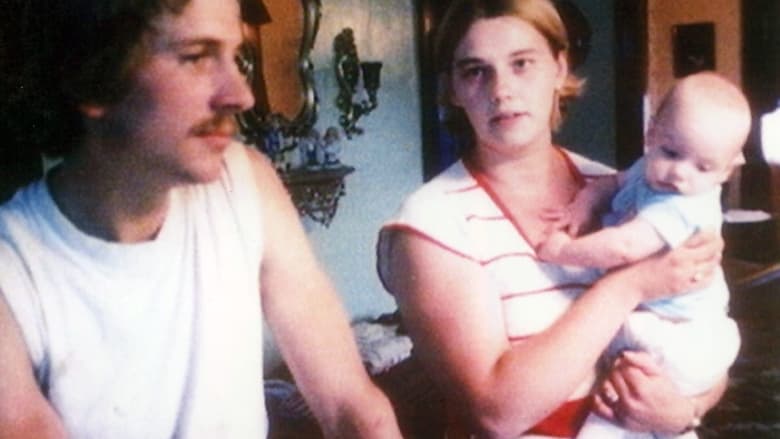
In 1979, Louis Malle films the thriving lives of a Minnesota farming community, but returns six years later to document its drastic economic decline, offering a poignant look at the impact of political changes.
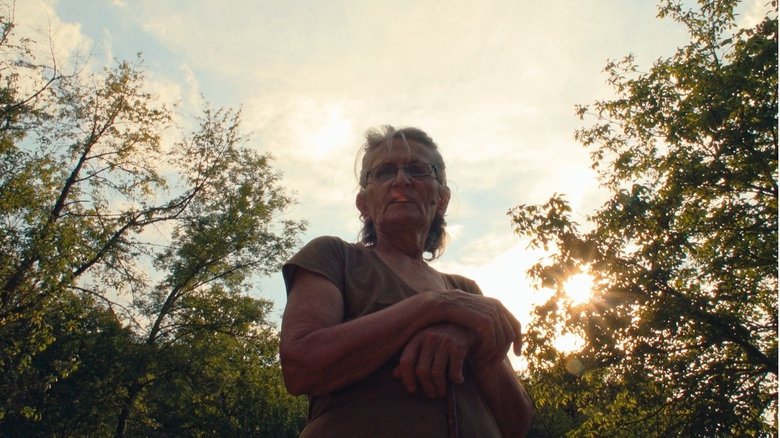
In a secluded village surrounded by forests and a river, an elderly beekeeper and a livestock farmer live alone, their lives shaped by tireless work and quiet harmony. Through one day in their hidden world, this documentary reveals the beauty and mystery of their bond with nature, far from the reach of modern life.
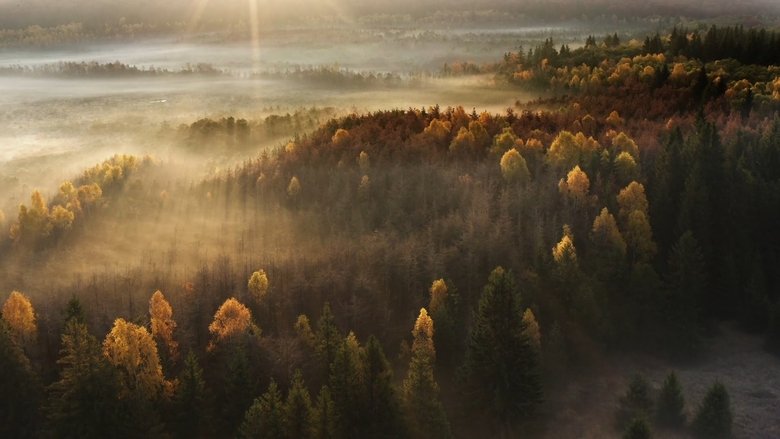
Recorded over 10 years, România Sălbatică shows the colorful beauty of Romanian nature accompanied with wildlife.
The film follows Tarcísio Amaro, a retired miner living in the vicinity of Serra da Estrela, interweaving thoughts on the past and the present, and looking at the decline of rural life in the deserted Portuguese hinterland.
A film about the artist Daniel Spoerri. It's actually a film about a thought by Daniel Spoerri: a film almost without Daniel Spoerri, it's actually mostly acted out by a child - to say no less than that everything somehow goes on in life, even if you die in between.

Facing seizure of their own lands, two families found themselves farming together on the same field, hoping to get through just another rice-farming season like every year. But no matter how much the world is evolving, how much the country is going through economic, political and social changes, they still cannot grasp that ideology of happiness.
Shot on the farm of the Director's grandfather, the short film "Remember me?" shows how certain places can be sources of great inspiration and nostalgia.
Made on the occasion of March 8, it presents a series of brief portraits of women, from various professional fields, of different ages and even of different ethnicities, pointing out the benefits that the communist organization had brought to their daily lives. A special emphasis is placed on their status as mothers and on the role of nurseries and socialist kindergartens not only in making their lives easier, but also in giving them the time they need to build a career. Another concern of the filmmaker, starting from the concrete case of one of the protagonists, is to highlight the differences between the happy present and the not-too-distant past in which someone with her social status should have dedicated herself exclusively to raising children, in hygienic and extremely difficult lives.
At the beginning of the 70s, Sahia Studio produced a number of social investigations commissioned by the Central Committee of the Romanian Communist Party, intended to expose the so-called "social parasitism". The decision was taken after the theses of July 1971, which provide that "one of the main objectives of political work, especially among the youth, is the firm fight against the tendencies of parasitism, of an easy life, without work, the cultivation of responsibility and the duty to work , in the service of the country, the people, the socialist society". The most famous films, made with the competition of the Ministry of the Interior and the Ministry of Justice, are Să treacă vara and Iarna unor pierde vară
The film's protagonists are the orphaned children taken into custody by the state and institutionalized at Children's House no. 6 from Bucharest. For Mészáros, the concern for the situation of children left orphaned during the Second World War is autobiographical: the director directly experienced the absence of parents in her own childhood.

A look at the Jewish community in Rădăuți, Romania, from 1974 to 1976.
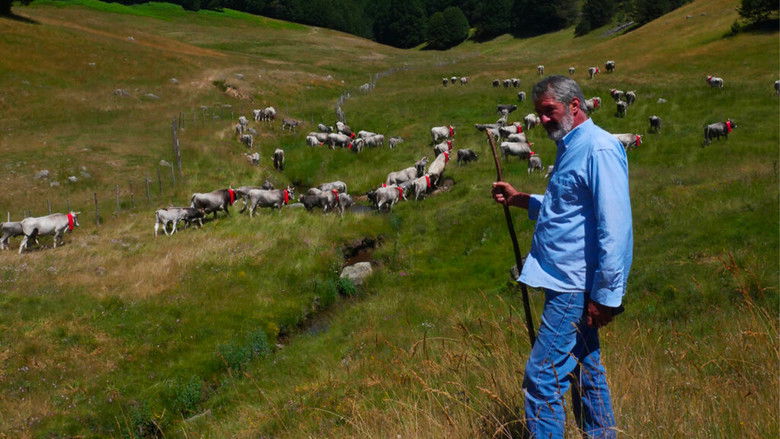
The Mancuso family has practiced transhumant grazing for generations, moving the herd of Podolica cattle from the Marcedusa countryside to the large Sila forests.
After a career filming across five continents, EMMY and BAFTA winning wildlife cameraman Stephen de Vere returns to the English countryside, to explore the hidden world beyond the garden gate. From playful fox cubs to the barn owl tending to her chicks, explore the extraordinary world waiting beyond the garden gate. The film is a personal view, giving an insight into what it’s like being a wildlife cameraman and reminding us that you don’t have to travel to all corners of the world to get close to nature.
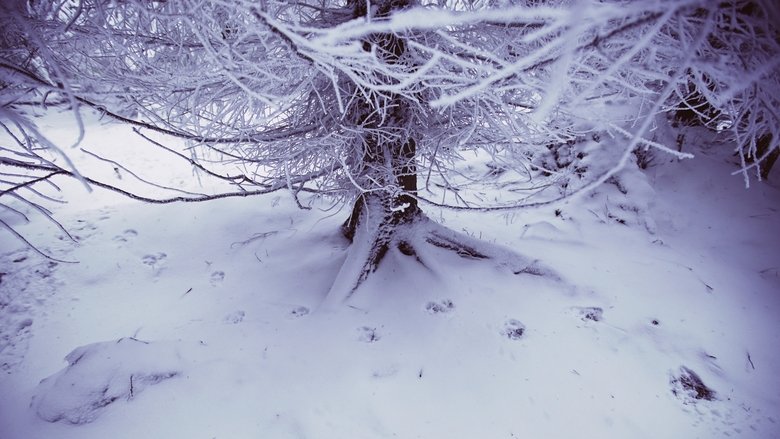
Wolves are back. They bring along both fear and hope. Do they still have place in our nature?

In 1927, filmmaker Oskar Fischinger traveled for three weeks along the side roads between Munich and Berlin, filming frame by frame the people he met along the way and the places he passed through. In 2020, the director did a remake of this film during a month-long walk between Paris and Brest.
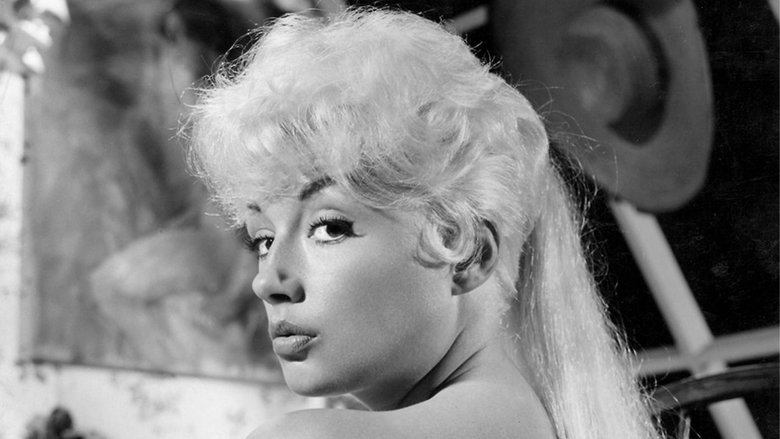
Three girls on a tour of the English countryside meet up with two young women who introduce them to the joys of life in a nudist camp.

How does one trigger a revolution? In the Romanian uprising in 1989, everything seemed to happen by itself. The people were fed up and were plagued by poverty and terror. There comes a time when action must be taken! But, it turns out that history is not that simple, as this investigative documentary proves. The film is a thorough and revealing reconstruction of the events leading up to Ceaucescu’s downfall and execution. In actual fact, the Romanian revolution was a strictly managed operation, controlled from the outside. Hungary, Germany and especially America had big fingers in the pie.
When Henry Ernst toured Romania in 1996, he came across a wedding band who called themselves Fanfare Ciocarlia. This is the story of that meeting, and how Ernst introduced the band to the world.